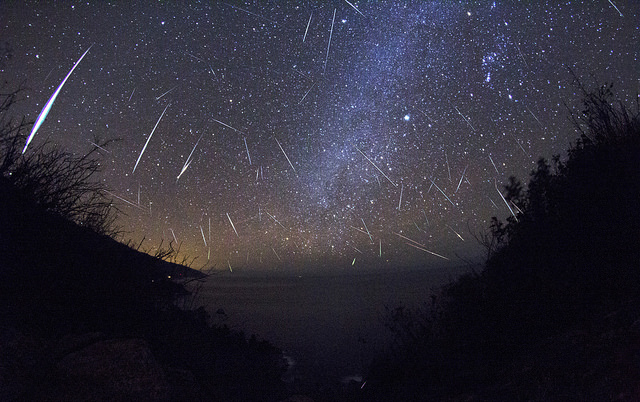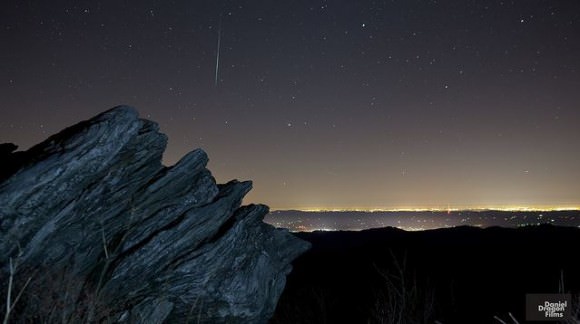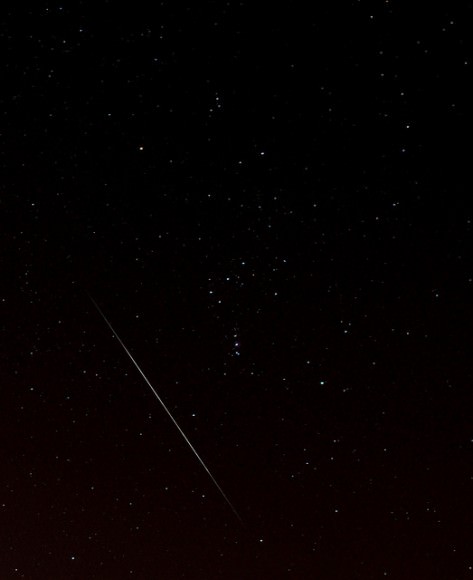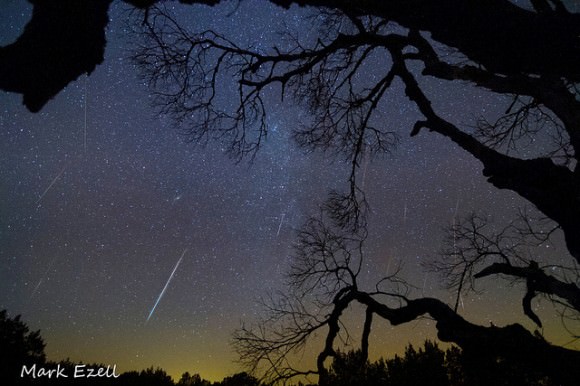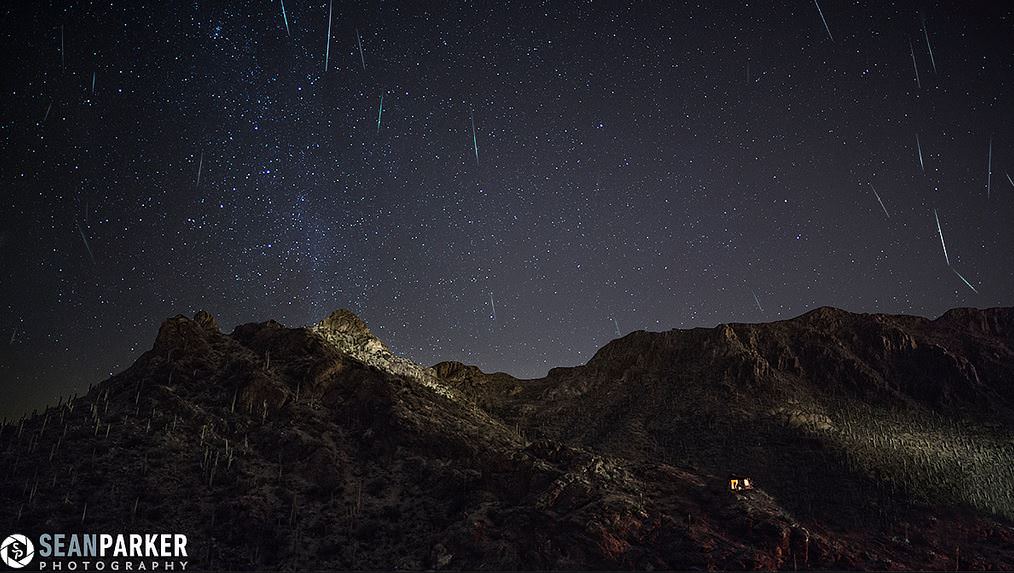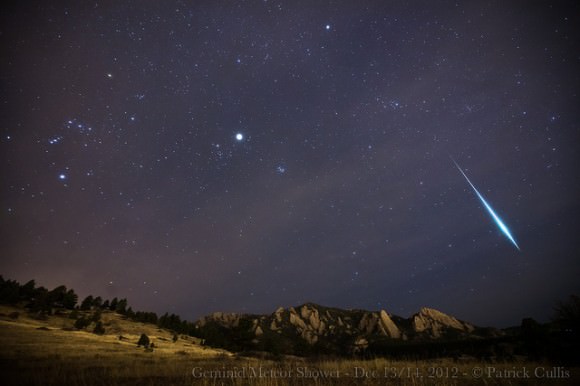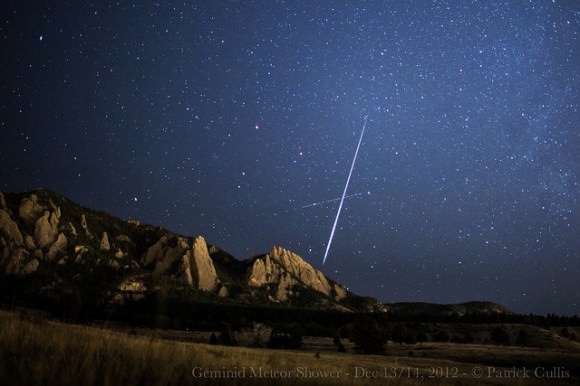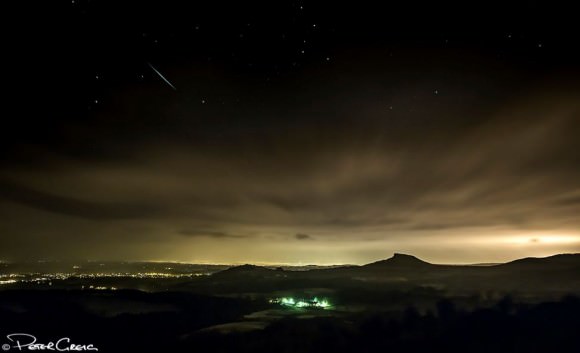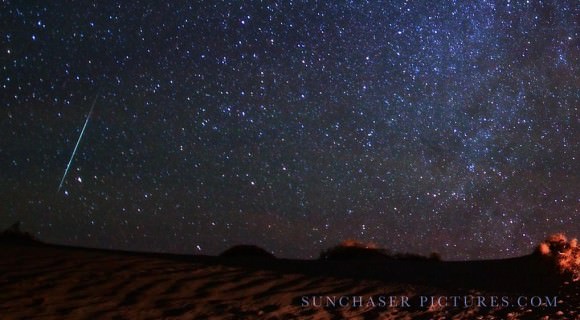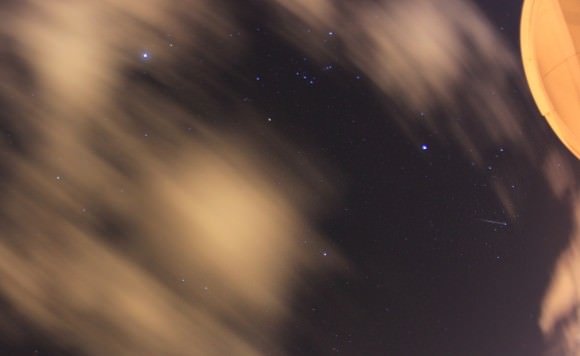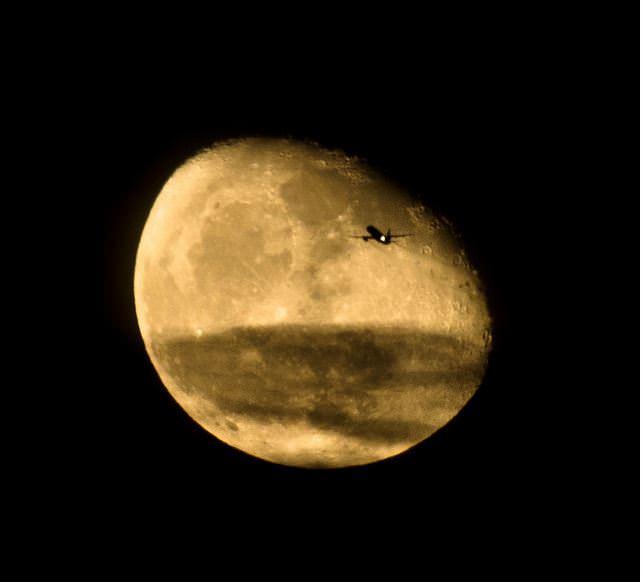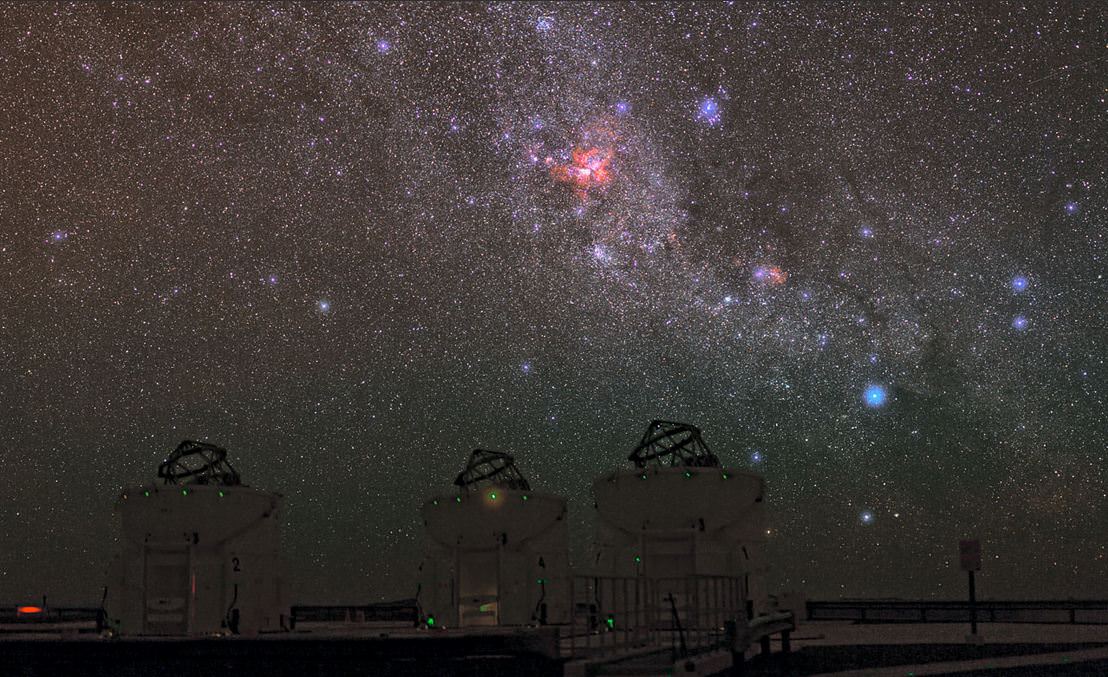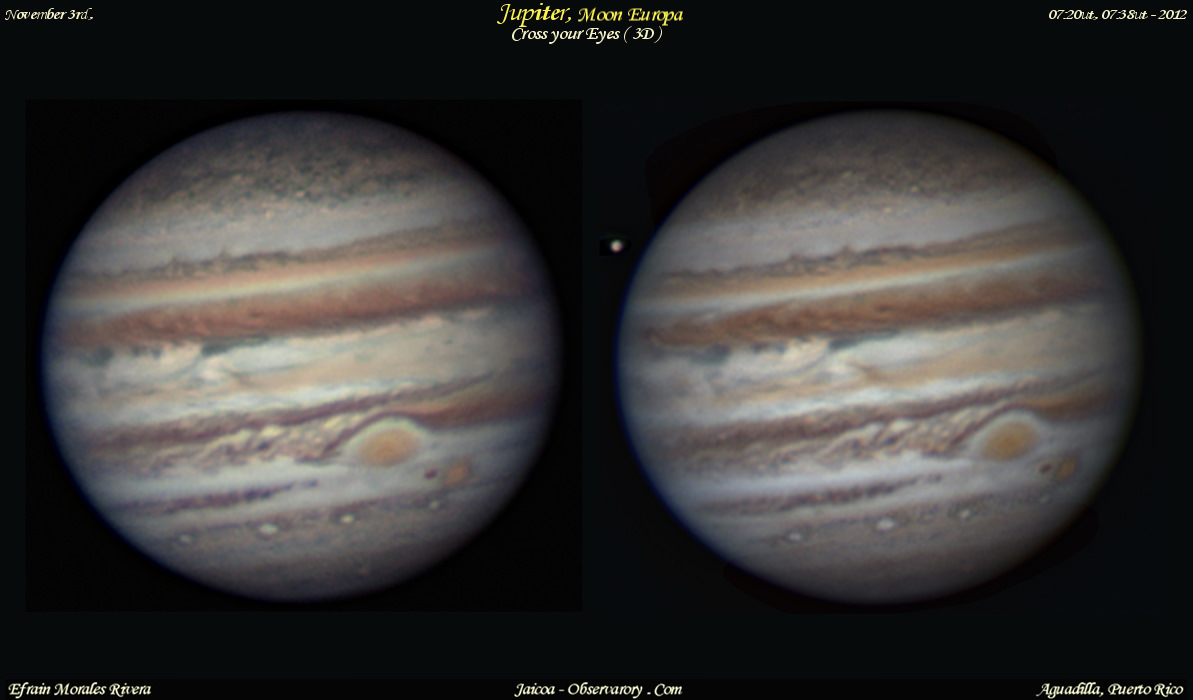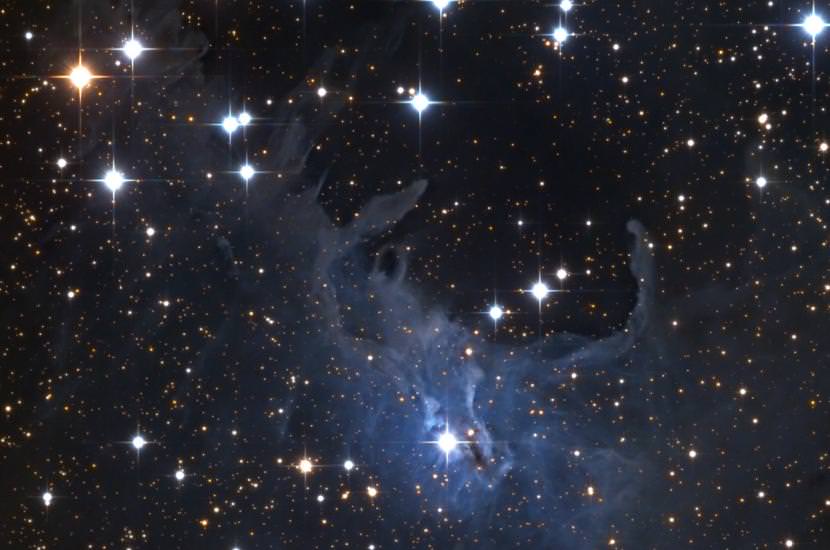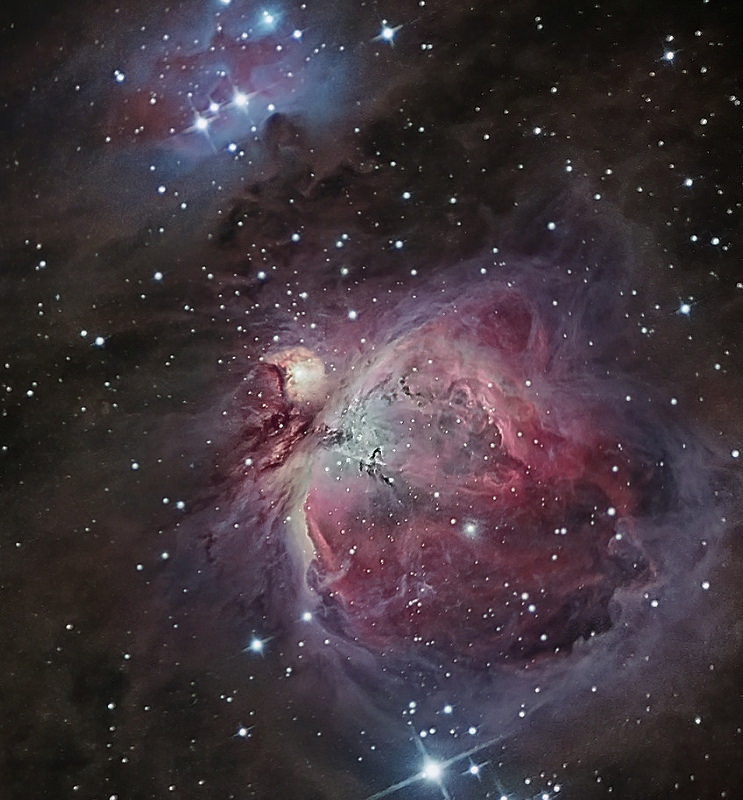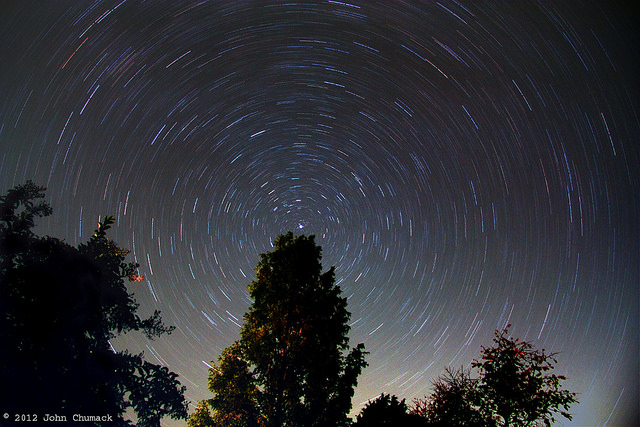“This shot is a composite of about 700 frames from a time-lapse I took in Big Sur, CA. I found 61 frames with meteors in them. (Some frames had two or three meteors.) Then I stacked the frames and created masks for each meteor. This is my final shot!” Credit: Ken Brandon.
We have received so many great shots from the Geminid Meteor Shower, that we decided we needed to add another post (here’s our previous collection of Geminid Meteor Shower shots from around the world.) Enjoy the beauty and majesty of the night sky, captured in these amazing images. Click the images to see larger versions on our Flickr page, and thanks to everyone who submitted images and video.
“The Beacon: If you look closely you can see me looking up into the sky. Not a perfect shot but a lucky one. Credit to friend for firing the camera.” Credit: dwissman611 on Flickr.
Prolific astrophotographer John Chumack compiled this video of the Geminid Meteor Shower 2012, and in a minute and a half, shows over 400 meteors he captured on video!
Silent Witness, a Geminid Meteor from Black Balsam Knob near East Fork, North Carolina. Credit: Daniel Lowe/IStockTimelapse © danieldragonfilms.com
Geminid passing the Orion Constellation. Credit: fxmurphy on Flickr
Geminid meteor composite from 36 frames. Credit: Mark Ezell.
Want to get your astrophoto featured on Universe Today? Join our Flickr group or send us your images by email (this means you’re giving us permission to post them). Please explain what’s in the picture, when you took it, the equipment you used, etc.

